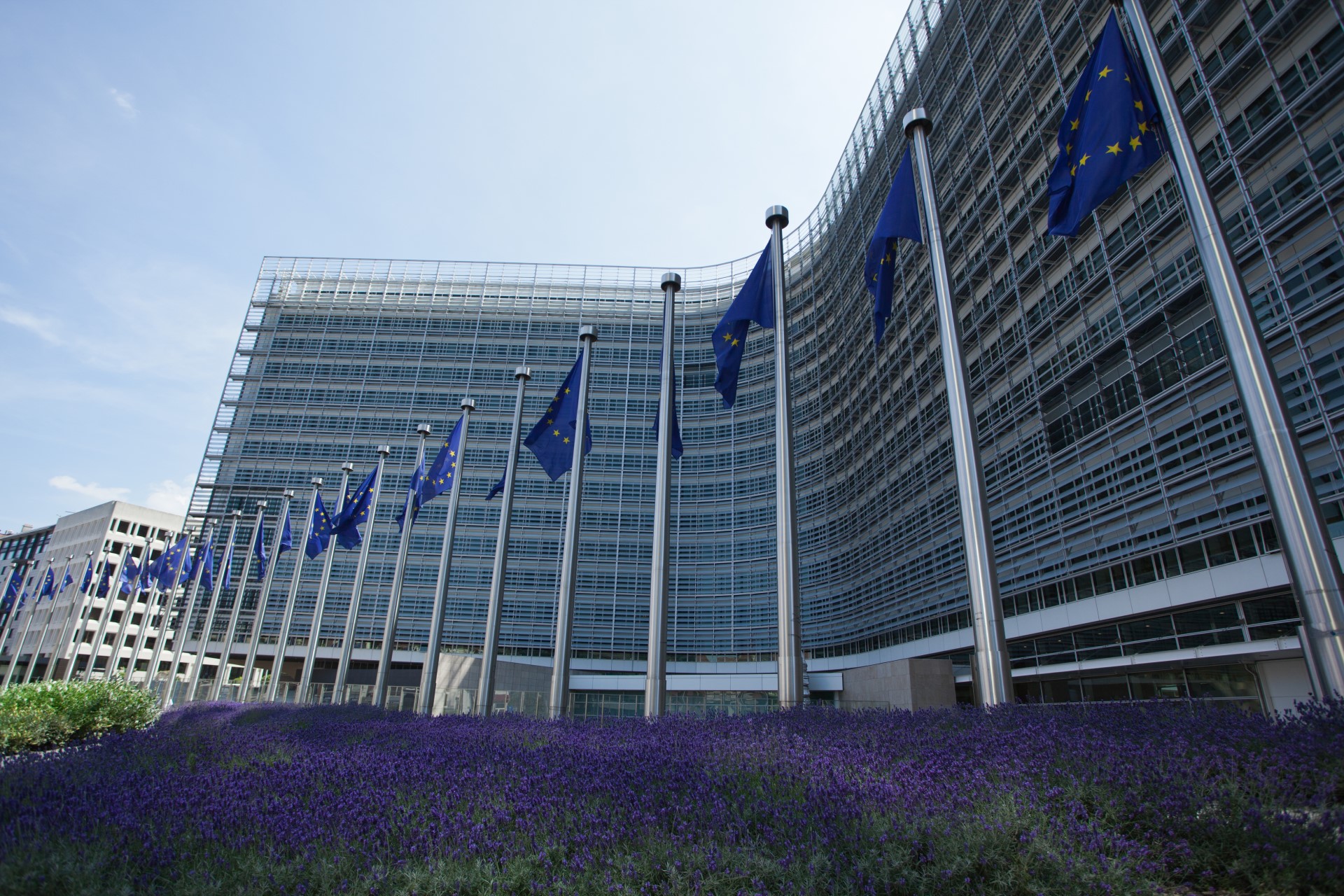Complacency In EU Energy Markets
Share on LinkedIn17 Oct 2022
Over the past several weeks, we have witnessed electricity and natural gas prices across Europe steadily decline. In our view, it is difficult to explain this phenomenon other than a mixture of benign but marginal events that have lulled markets into a false sense of complacency.
In general, European electricity and natural gas prices have steadily declined over the past several weeks. We generally attribute this recent phenomenon to several factors. First, weather across Europe during this period has been moderate; therefore, we have not yet experienced the typical steep increase in energy demand associated with the start of winter. Second, European natural gas inventories are robust and presently exceed 90% capacity levels – far in excess of what was initially anticipated. Finally, the news concerning Ukraine has turned positive, with Ukraine's counteroffensive reclaiming significant portions of the Kharkiv region recently claimed by Russia.
This "good news" appears to have alleviated some of the market's anxieties concerning the loss of Russian natural gas supplies and possible rationing in the winter season.
In our view, the recent positive events have given the market a false sense of security. While the weather has been temperate, winter will surely come, and with it, increased demand which will drain inventories. The pace and extent of inventory declines will differ by country, depending upon the country's storage capacity and availability of (non-Russian) gas supplies. Indisputably, the region's natural gas supplies will be pressured as it progresses through winter without piped Russian gas. In addition, Ukraine's recent success in fighting Russia makes the likelihood of a compromise more distant. Under current circumstances, it is highly unlikely that either party would be willing to sit with the other and make concessions to find a resolution to the conflict.
Ukraine will continue to push to recover as much territory as possible in the coming months with Western support and increasingly powerful weapons. While Russia will look to use the winter months and any potential slowdown in the fighting as an opportunity to train and refit its troops to regain the initiative in the spring.
Consequently, the most likely outcome is that Europe will struggle through the winter, surviving on its inventories and (expensive) LNG shipments. Under these circumstances, Europe will exit the winter with severely depleted natural gas inventories. Accordingly, we expect that European energy markets will remain under pressure next year as the region labors to rebuild inventory levels without Russian gas (which it had most of this year) in order to prepare for the next winter.
If the situation evolves as expected, current futures prices for 2023 represent an attractive opportunity to derisk before winter starts in earnest. Accordingly, for organizations that have not yet hedged a material portion of their CAL23 requirements, doing so now represents a tactical opportunity. The current window for taking advantage of this tactical opportunity, resulting from the market's temporary complacency, will likely be shortlived. Therefore, consumers should move swiftly to lock in current pricing
More: Energy Market Commentary, EU Energy Crisis, Ukraine Crisis
